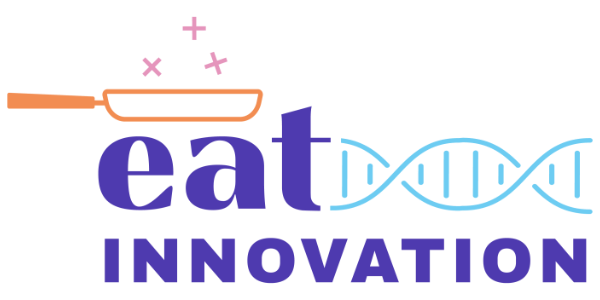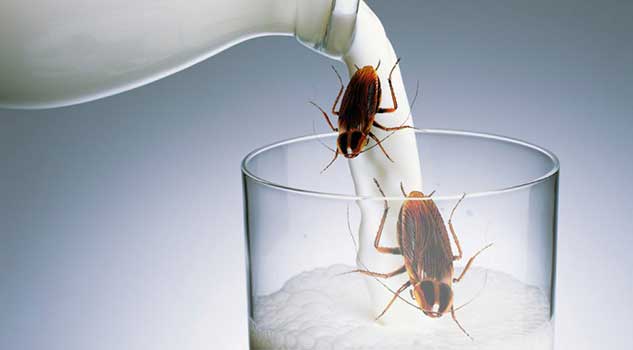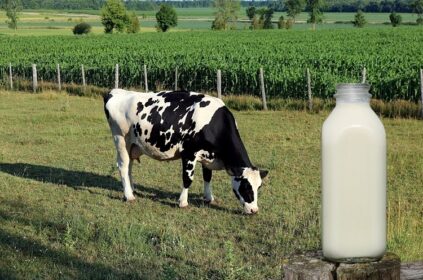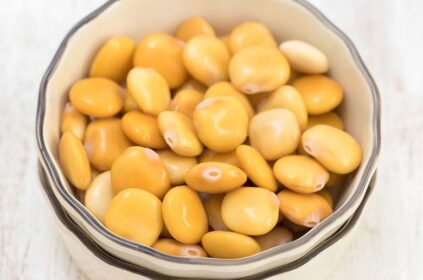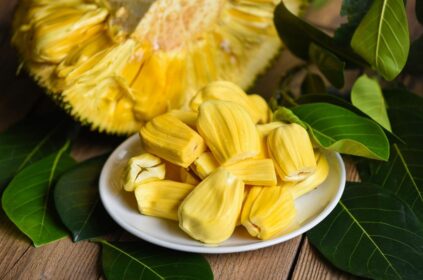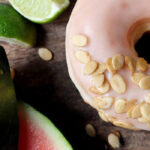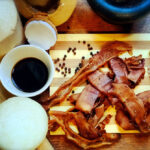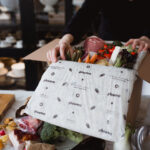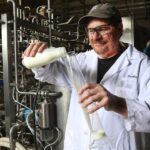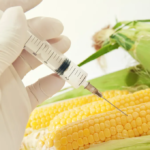The next promise in the universe of super foods may be cockroach milk. It is highly nutritious and proteic. It can be a new food supplement. It’s clean and origin certified. What are the risks? That is all we will discuss here at Eat Innovation.
“Super foods” are the ones that have very high concentrations of nutrients and this is the case of the cockroach milk. Scientists at the Institute of Stem Cell Biology and Regenerative Medicine in Bangalore, India, have discovered the nutritional properties of this unusual “milk”.
After ten years of research, the group concluded that cockroaches have in their intestines, small crystals of protein containing nearly four times more energy than cow’s milk. They are a source of essential amino acids, lipids, and sugars. In these insects, the crystals have the function of storing vital energy for cell growth. Due to the similar appearance, it was named as milk, but it is worth remembering that only mammals produce real milk.

It remains not known whether the effects of cockroach milk in our body will be the same, but the excess of nutrients in the human body is also harmful. So the product would be suitable to people with nutritional deficiencies or to food supplementation. In addition, only cockroaches of the genus Diploptera punctata, known as “cockroaches-beetle of the Pacific”, females, with approximately of 50 days and about to give birth, have the protein crystals. For the removal of the crystals it is necessary to kill the insect without crushing it, opening his abdomen and keeping material in neutral pH.
Future plans involve set the 3D structure of the crystals to try to mimic them in the laboratory and not need so many units of the so feared insects. I wonder if in the future we will see on the shelves whey protein being replaced by “cockroach protein”?
The question that still hangs in the air is: you would consume a food knowing it came from inside of roaches? Tell us in the comments!

References: Sport Deluxe, Metro, Celeiro, Forbes, Popular Science, article “Structure of a heterogeneous, glycosylated, lipid-bound, in vivo-grown protein crystal at atomic resolution from the viviparous cockroach Diploptera punctata”
